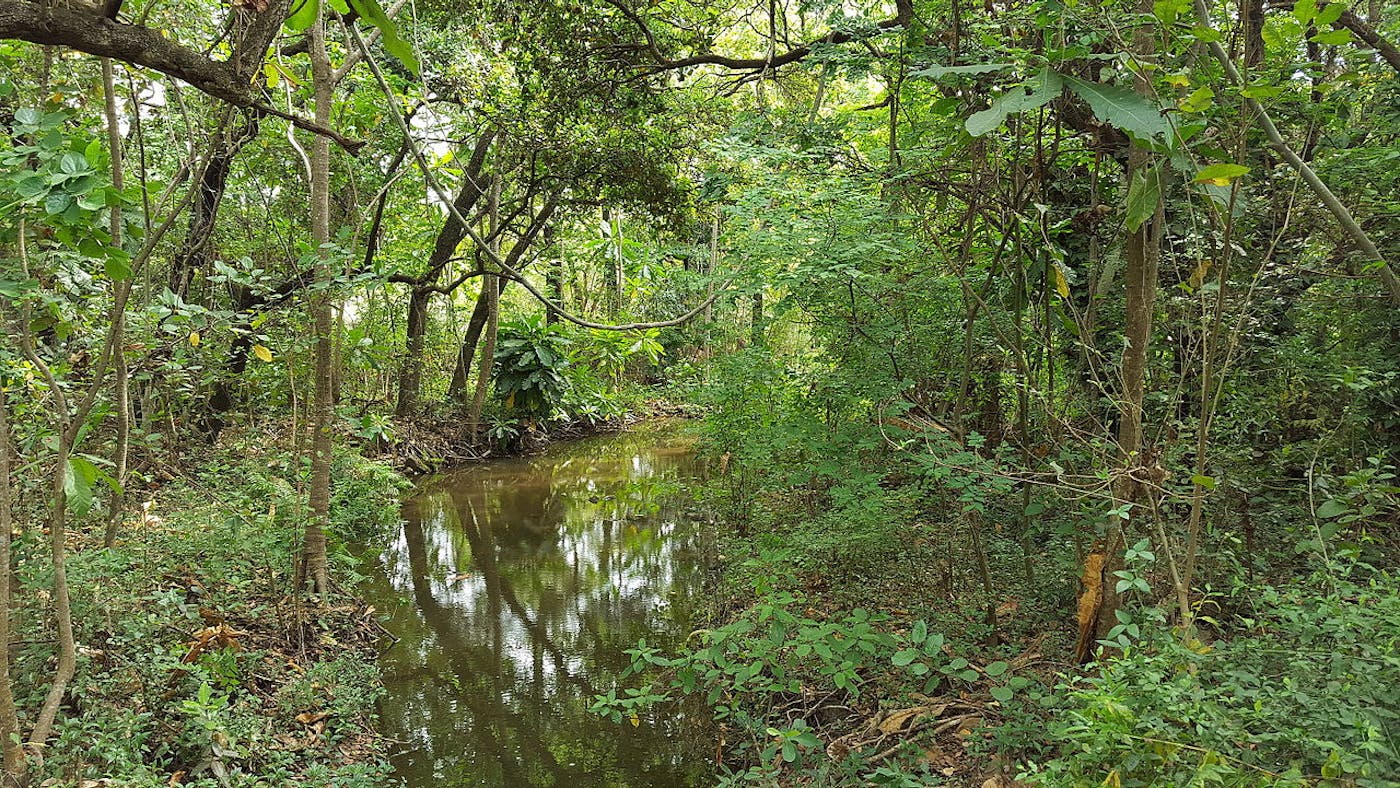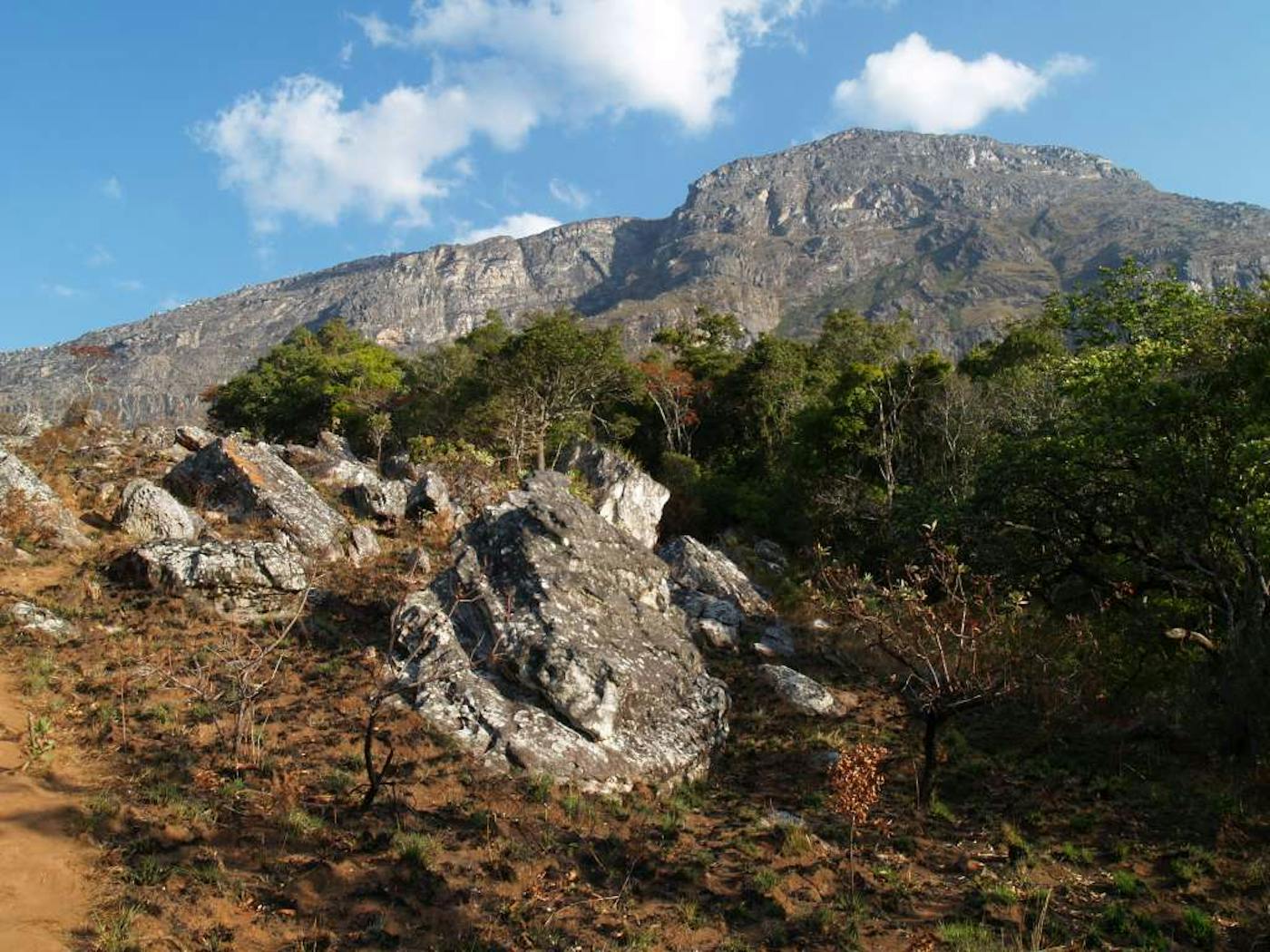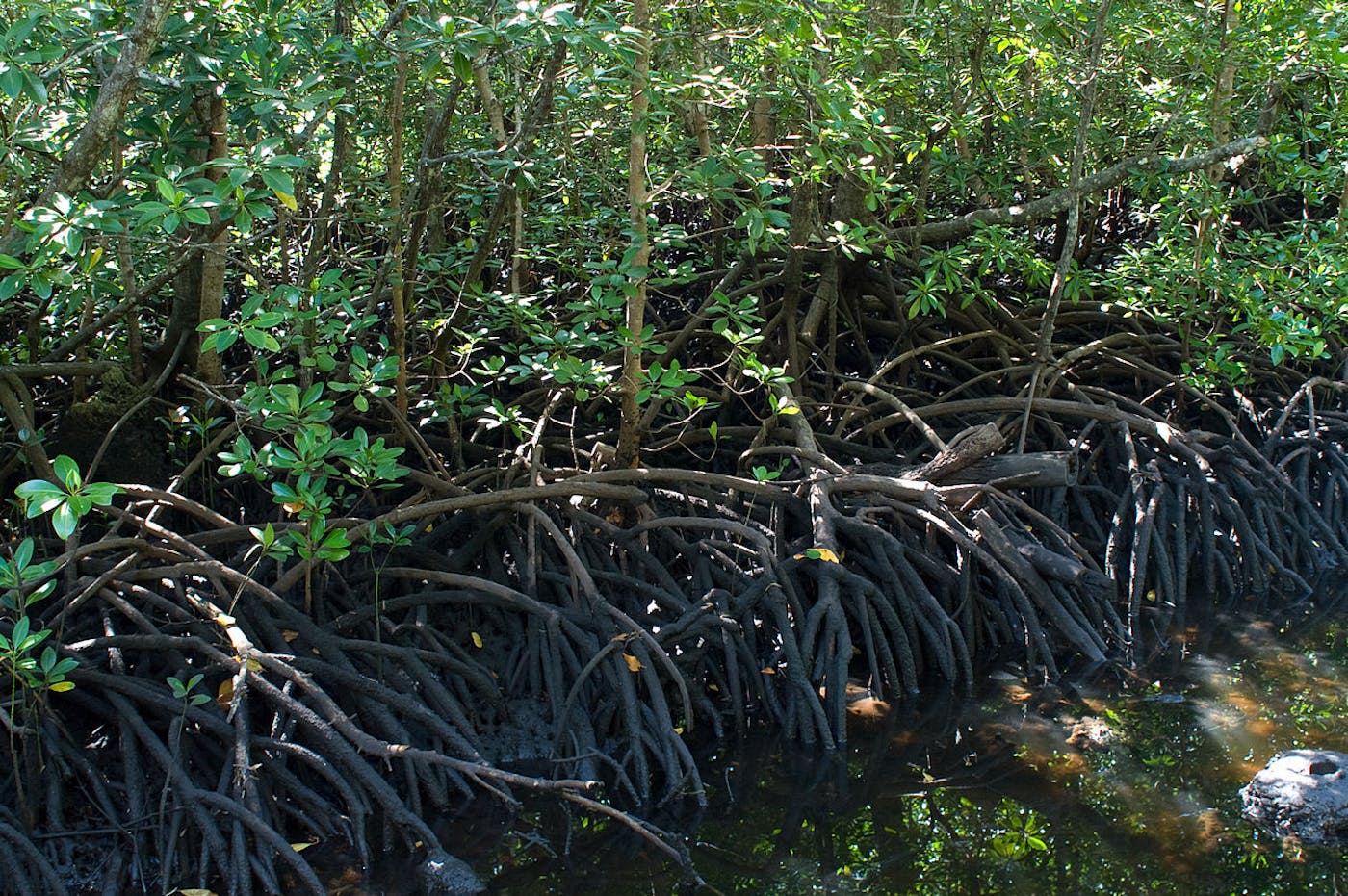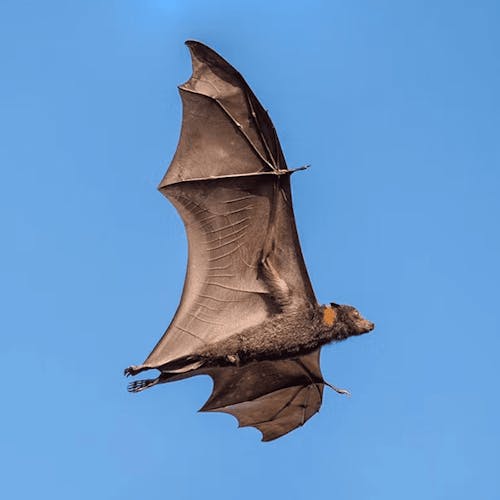East African Coastal Forests bioregion
The bioregion’s land area is provided in units of 1,000 hectares. The conservation target is the combined Global Safety Net (GSN1) areas for the component ecoregions. The protection level indicates the percentage of the GSN goal that is currently protected on a scale of 0-10. N/A means data is not available at this time.
The East African Coastal bioregion, located in the Madagascar & Eastern Afrotropics subrealm of the Afrotropics, extends in a narrow band nearly the entire length of Africa’s eastern coast. It consists of tropical and subtropical moist forests including seven ecoregions—Kwazulu Natal-Cape Coastal Forests (16), Maputaland Coastal Forests and Woodlands (19), Northern Swahili Coastal Forests (25), Southern Swahili Coastal Forests and Woodlands (28), Zambezian Coastal Flooded Savanna (75), East African Mangroves (112), Southern Africa Mangroves (116). The coastline is considered a biodiversity hotspot with 11,000 species of plants and animals, including 1000 species of seaweed, 3000 species of mollusks, and 1500 species of fish. The total land area of the bioregion is nearly 36 million hectares.
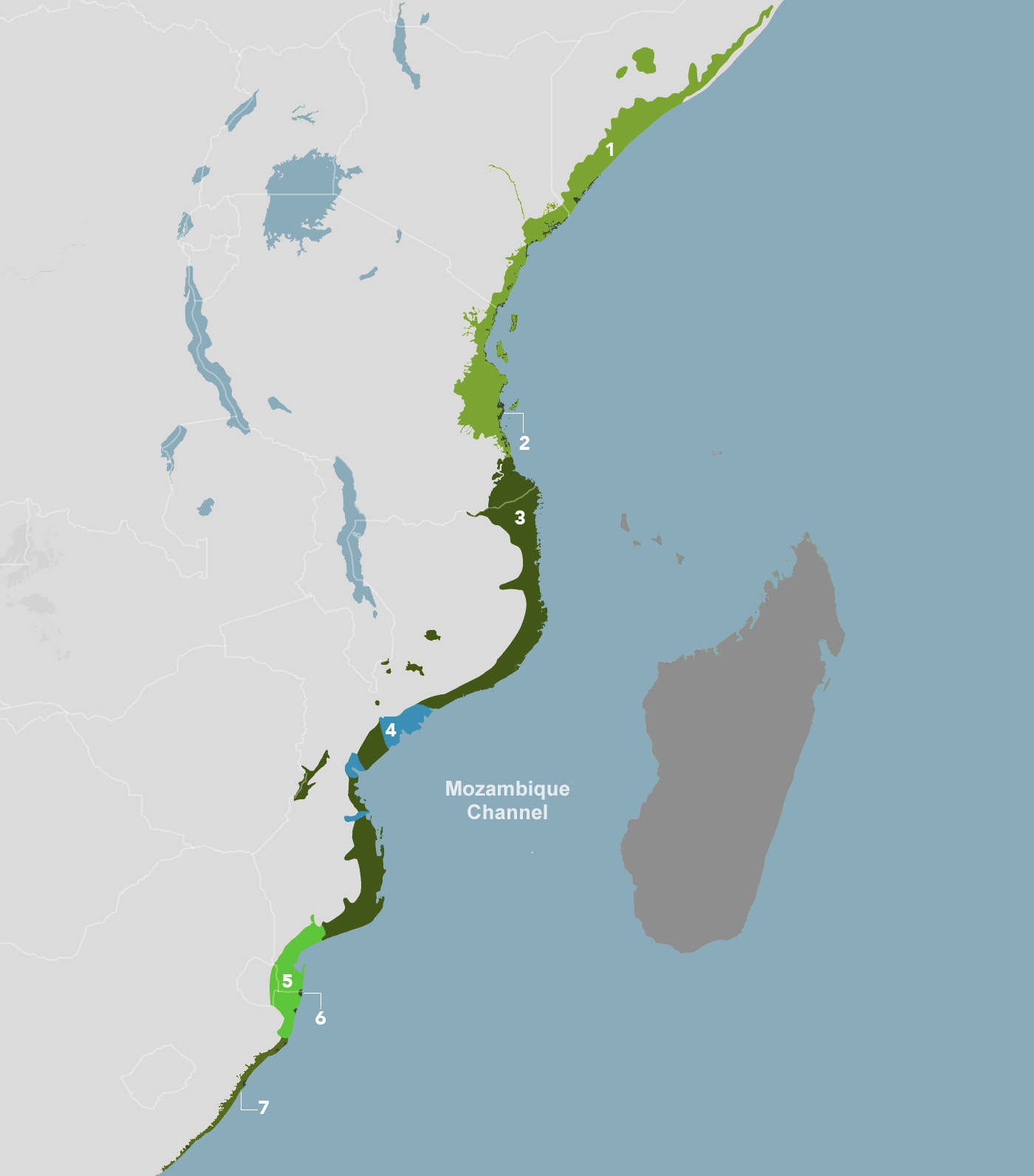
The East African Coastal Forests bioregion is part of the Madagascar & Eastern Afrotropics subrealm and is made up of seven ecoregions: Northern Swahili Coastal Forests [1], East African Mangroves [2], Southern Swahili Coastal Forests and Woodlands [3], Zambezian Coastal Flooded Savanna [4], Maputaland Coastal Forests and Woodlands [5], Southern Africa Mangroves [6], Kwazulu Natal-Cape Coastal Forests [7].
Learn more about each of the East African Coastal Forests ecoregions and explore the climate solution projects located in this bioregion below.
Explore the Bioregions
Want to learn more about the fascinating species, diverse ecosystems, and natural wonders of the Earth? Click the button below to launch One Earth's interactive navigator and discover your Bioregion!
LAUNCH NAVIGATOR